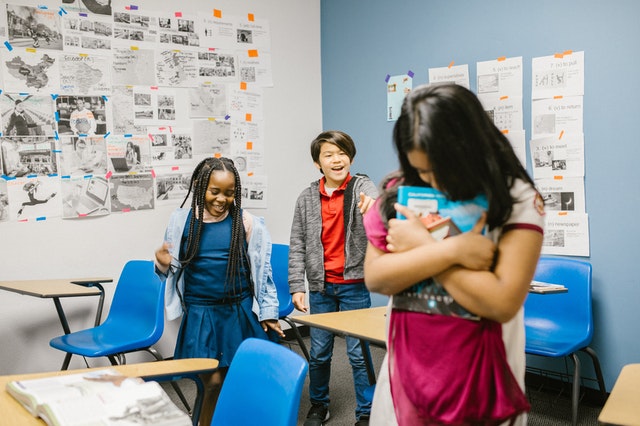The world of education has undergone a significant transformation in recent years, with the rise of online learning platforms and digital technology. This shift has sparked a debate about whether traditional education can be entirely replaced by online learning. In this blog post, we will explore the pros and cons of both traditional and online education, examining the potential for online learning to supplement and, in some cases, even replace traditional methods.
Table of Contents
Traditional Education: The Time-Tested Approach
Traditional education, often associated with physical classrooms, teachers, and textbooks, has been the dominant mode of learning for centuries. It offers several advantages:
- In-Person Interaction: Traditional education fosters face-to-face interaction between students and teachers, allowing for immediate feedback, clarification, and personalized support.
- Structured Environment: A structured schedule and physical presence in a classroom can help students stay disciplined and focused on their studies.
- Social Development: It provides opportunities for socialization, teamwork, and the development of soft skills through group activities and extracurriculars.
- Accreditation and Recognition: Many employers and institutions still value degrees and certifications obtained through traditional education.
However, traditional education also has its drawbacks:
- Limited Accessibility: It may not be accessible to everyone due to geographical constraints, financial limitations, or other factors.
- One-Size-Fits-All: Traditional classrooms often follow a standardized curriculum, which may not cater to individual learning needs and paces.
- High Costs: The expenses associated with traditional education, including tuition, textbooks, and commuting, can be prohibitive.
Online Learning: The Digital Revolution
Online learning, on the other hand, has gained immense popularity and offers its own set of advantages:
- Flexibility: Online courses allow students to learn at their own pace and on their schedule, making education accessible to a broader audience.
- Diverse Resources: Digital platforms offer a wide range of resources, including videos, interactive simulations, and access to experts from around the world.
- Cost-Efficiency: Online learning can be more affordable, as it eliminates the need for commuting and physical textbooks.
- Global Reach: Students can enroll in courses offered by universities and institutions worldwide, expanding their horizons.
However, online learning also presents challenges:
- Lack of Face-to-Face Interaction: Online learners may miss out on the immediate feedback and social interaction that traditional classrooms provide.
- Self-Motivation Required: Online students need strong self-discipline and motivation to stay on track.
- Quality Concerns: Not all online courses are of the same quality, leading to concerns about the credibility of some programs.
The Future: A Blend of Both
In reality, the future of education likely lies in a blend of traditional and online learning. Here’s why:
- Hybrid Models: Many educational institutions are adopting hybrid models that combine in-person and online learning, offering the best of both worlds.
- Lifelong Learning: Online platforms excel in providing continuous, lifelong learning opportunities that supplement traditional education.
- Personalized Learning: Technology can enable personalized learning pathways, catering to individual student needs.
- Accessibility: Online learning can bridge gaps in accessibility and provide education to those who were previously underserved.
Final Words
In conclusion, while online learning has undoubtedly disrupted the traditional education landscape, it’s not about replacement but rather evolution. The two approaches can complement each other, creating a more flexible, accessible, and personalized educational ecosystem. As the educational landscape continues to evolve, individuals and institutions alike can benefit from embracing the strengths of both traditional and online learning.


























